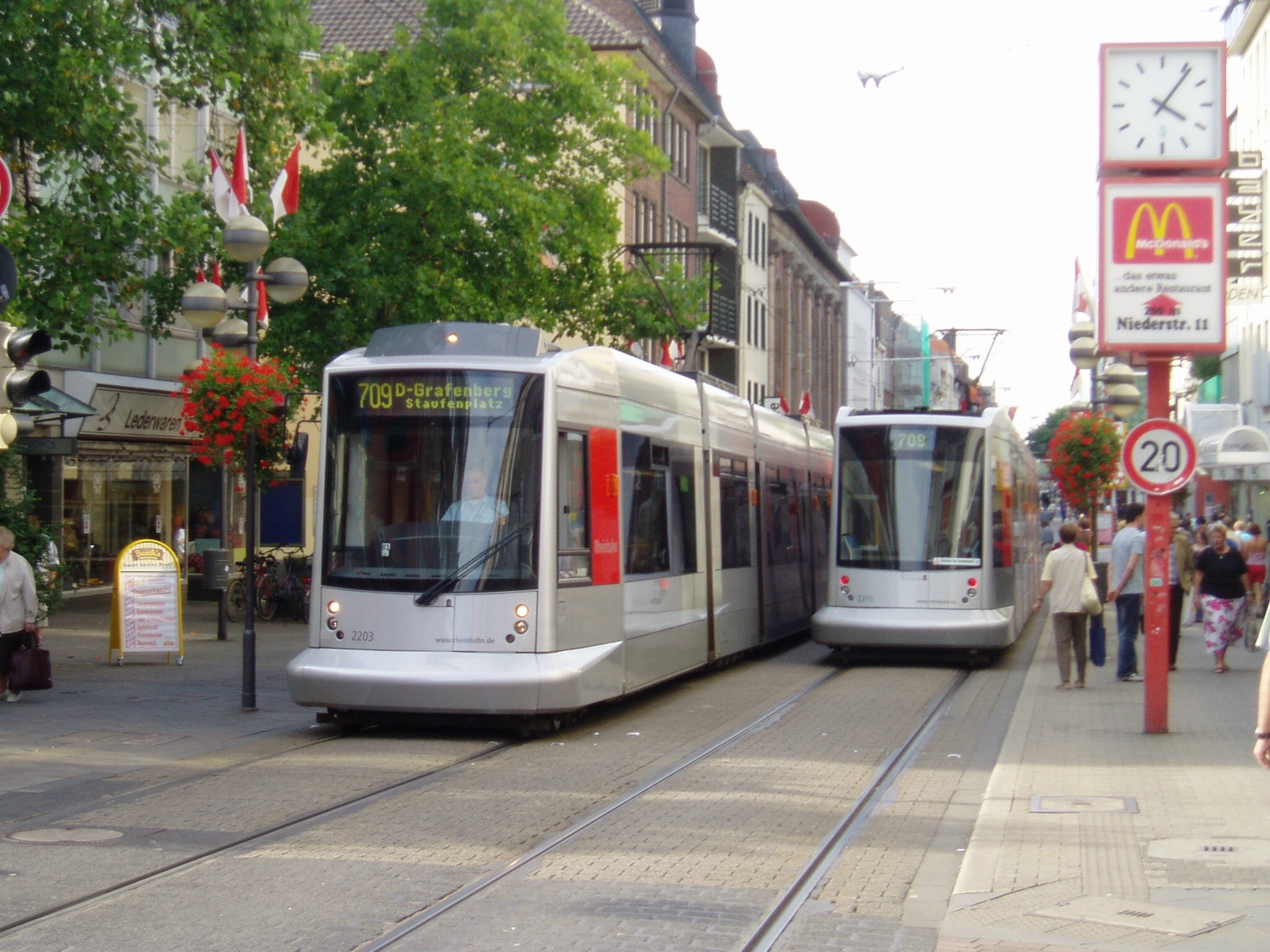|
Westfälisches Landestheater
Westfälisches Landestheater (WLT) is a theatre in Castrop-Rauxel, North Rhine-Westphalia, Germany. There are four theaters in Nordrhein-Westfalen: the Westfälische Landestheater, the Landestheater Detmold, the Landestheater Burghofbühne in Dinslaken, and the Rheinische Landestheater in Neuss Neuss (; written ''Neuß'' until 1968; ; ) is a city in North Rhine-Westphalia, Germany. It is on the west bank of the Rhine opposite Düsseldorf. Neuss is the largest city within the Rhein-Kreis Neuss district. It is primarily known for its .... All of the WLT's premieres happen in the city Castrop-Rauxel. During the 2017/2018 show season, there were over 360 shows and about 85,000 audience members. Each show season, the WLT premieres up to 15 shows. It is located in the Europaplatz in Castrop-Rauxel. Theatres in North Rhine-Westphalia {{NorthRhineWestphalia-struct-stub ... [...More Info...] [...Related Items...] OR: [Wikipedia] [Google] [Baidu] |
Castrop-Rauxel
Castrop-Rauxel (), often simply referred to as Castrop by locals, is a former coal mining city in the eastern part of the Ruhr Area within the state of North Rhine-Westphalia in Germany. Geography Castrop-Rauxel is located in Germany between Dortmund to the southeast, Bochum to the southwest, Herne to the west, Recklinghausen to the northwest, Datteln to the north and Waltrop to the northeast. Urban area The city covers an area of . The Halde Schwerin (slag heap in the Schwerin district) is marked as the point of highest elevation at above sea level. The lowest point is located on Pöppinghauser Straße (Poppinghausen Street), besides house number 264, with an elevation of above sea level. The city is divided into 15 districts, from north to south and within one line from west (southwest) to east (northeast): * Henrichenburg (Becklem) * Pöppinghausen, Habinghorst, Ickern * Bladenhorst, Rauxel, Deininghausen * Behringhausen, Castrop, Dingen * Obercastrop, Schwerin ... [...More Info...] [...Related Items...] OR: [Wikipedia] [Google] [Baidu] |
North Rhine-Westphalia
North Rhine-Westphalia or North-Rhine/Westphalia, commonly shortened to NRW, is a States of Germany, state () in Old states of Germany, Western Germany. With more than 18 million inhabitants, it is the List of German states by population, most populous state in Germany. Apart from the city-states (Berlin, Hamburg and Bremen), it is also the List of German states by population density, most densely populated state in Germany. Covering an area of , it is the List of German states by area, fourth-largest German state by size. North Rhine-Westphalia features 30 of the 81 German municipalities with over 100,000 inhabitants, including Cologne (over 1 million), the state capital Düsseldorf (630,000), Dortmund and Essen (about 590,000 inhabitants each) and other cities predominantly located in the Rhine-Ruhr metropolitan area, the largest urban area in Germany and the fourth-largest on the European continent. The location of the Rhine-Ruhr at the heart of the European Blue Banana make ... [...More Info...] [...Related Items...] OR: [Wikipedia] [Google] [Baidu] |
Germany
Germany, officially the Federal Republic of Germany, is a country in Central Europe. It lies between the Baltic Sea and the North Sea to the north and the Alps to the south. Its sixteen States of Germany, constituent states have a total population of over 84 million in an area of , making it the most populous member state of the European Union. It borders Denmark to the north, Poland and the Czech Republic to the east, Austria and Switzerland to the south, and France, Luxembourg, Belgium, and the Netherlands to the west. The Capital of Germany, nation's capital and List of cities in Germany by population, most populous city is Berlin and its main financial centre is Frankfurt; the largest urban area is the Ruhr. Settlement in the territory of modern Germany began in the Lower Paleolithic, with various tribes inhabiting it from the Neolithic onward, chiefly the Celts. Various Germanic peoples, Germanic tribes have inhabited the northern parts of modern Germany since classical ... [...More Info...] [...Related Items...] OR: [Wikipedia] [Google] [Baidu] |
Dinslaken
Dinslaken () is a town in the Wesel (district), district of Wesel, in North Rhine-Westphalia, Germany. It is known for its harness racing track, its now closed Coal mining, coal mine in Dinslaken-Lohberg, Lohberg and its wealthy neighborhoods ''Hiesfeld'' and ''Eppinghoven''. Geography Dinslaken is a city of the Lower Rhine region (Germany), Lower Rhine region and situated at the northwestern margin of the Ruhr area, approx. north of Duisburg. Neighbouring municipalities * Hünxe * Bottrop * Oberhausen * Duisburg * Rheinberg * Voerde Division of the town Dinslaken consists of 7 subdivisions * Eppinghoven * Hiesfeld * Innenstadt * Dinslaken-Lohberg, Lohberg * Oberlohberg * Bruch * Averbruch * Hagenbezirk Sights The medieval parish church, ''St. Vincentius'', was heavily damaged during World War II, but was rebuilt from 1951 to 1952. Politics The current mayor of Dinslaken is independent politician Michaela Eislöffel since 2020. The most recent mayoral election was held on 13 S ... [...More Info...] [...Related Items...] OR: [Wikipedia] [Google] [Baidu] |
Neuss
Neuss (; written ''Neuß'' until 1968; ; ) is a city in North Rhine-Westphalia, Germany. It is on the west bank of the Rhine opposite Düsseldorf. Neuss is the largest city within the Rhein-Kreis Neuss district. It is primarily known for its historic Roman sites, as well as the annual Neuss Schützenfest, Neusser Bürger-Schützenfest. Neuss and Trier share the title of "Germany's oldest city", and in 1984 Neuss celebrated the 2000th anniversary of its founding in 16 BCE. History Roman period Neuss was founded by the Ancient Rome, Romans in 16 BC as a military fortification (''castrum'') with the current city to the north of the castrum, at the confluence of the rivers Rhine and Erft, with the name of Novaesium. Legio XVI Gallica ("Gallic 16th Legion") of the Roman army was stationed here in 43–70 AD. It was disbanded after surrendering during the Batavian rebellion (AD 70). Later a civil settlement was founded in the area of today's centre of the town during the 1 ... [...More Info...] [...Related Items...] OR: [Wikipedia] [Google] [Baidu] |

